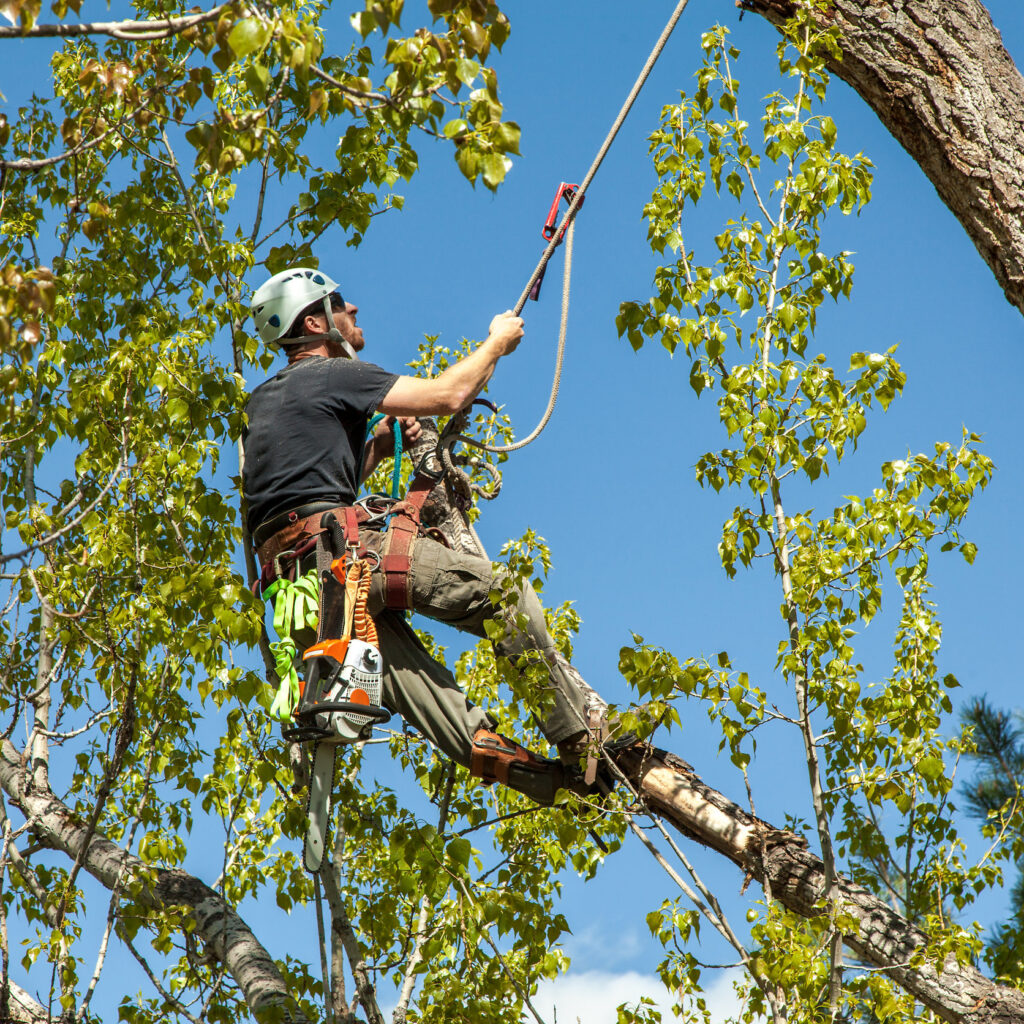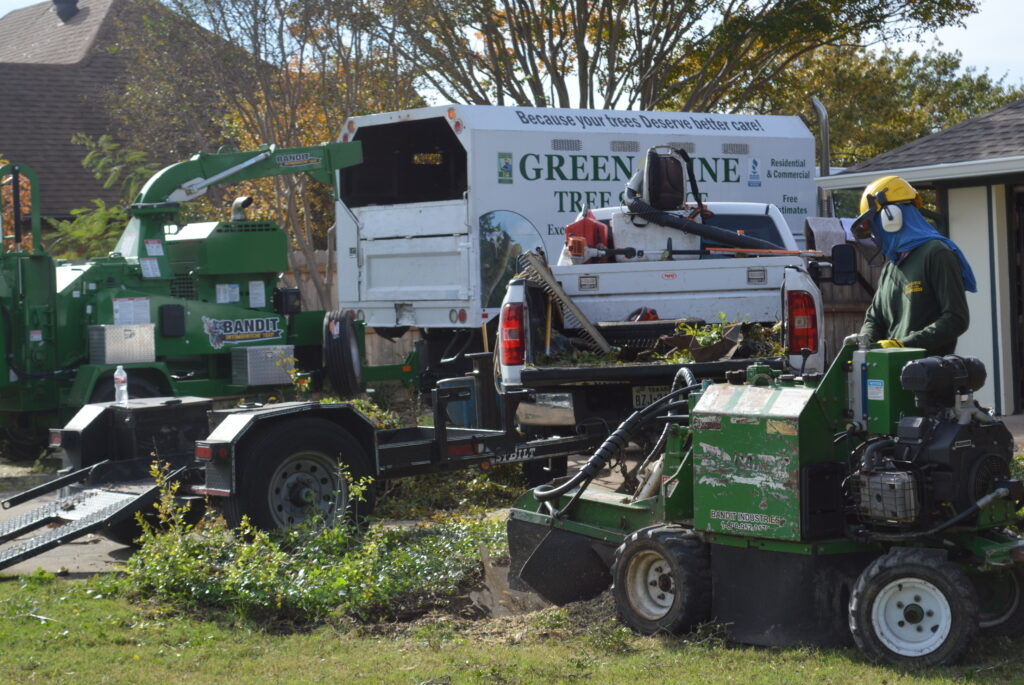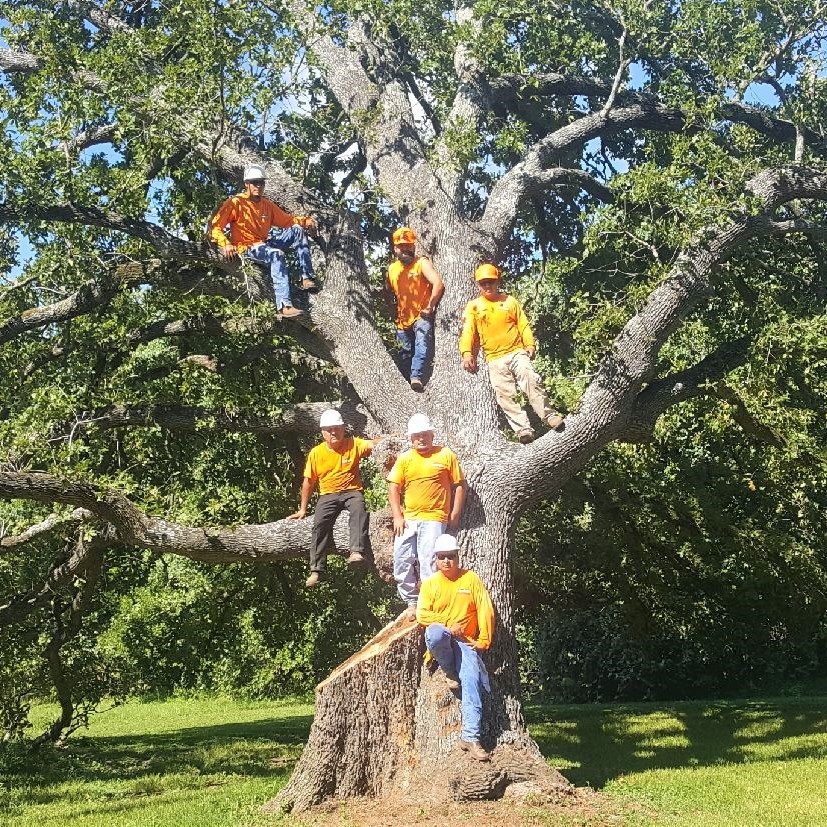Introduction
Ever looked at a tree and thought, “It could use a little trim” or maybe wondered if it’s safe during storm season? Trees are amazing, but like anything in nature, they need care and maintenance. That’s where tree surgeons come into play. They’re like doctors, but for trees! This article will take you through all you need to know about tree surgeons and how they help in maintaining healthy, safe trees.
What is a Tree Surgeon?
A tree surgeon, also known as an arborist, is a specialist in the maintenance and care of trees. Their work ranges from basic tree pruning to more complex procedures like tree removal, stump grinding, and even diagnosing tree diseases. While it may seem like a simple job, tree surgery often requires expertise in biology, safety protocols, and advanced tools.
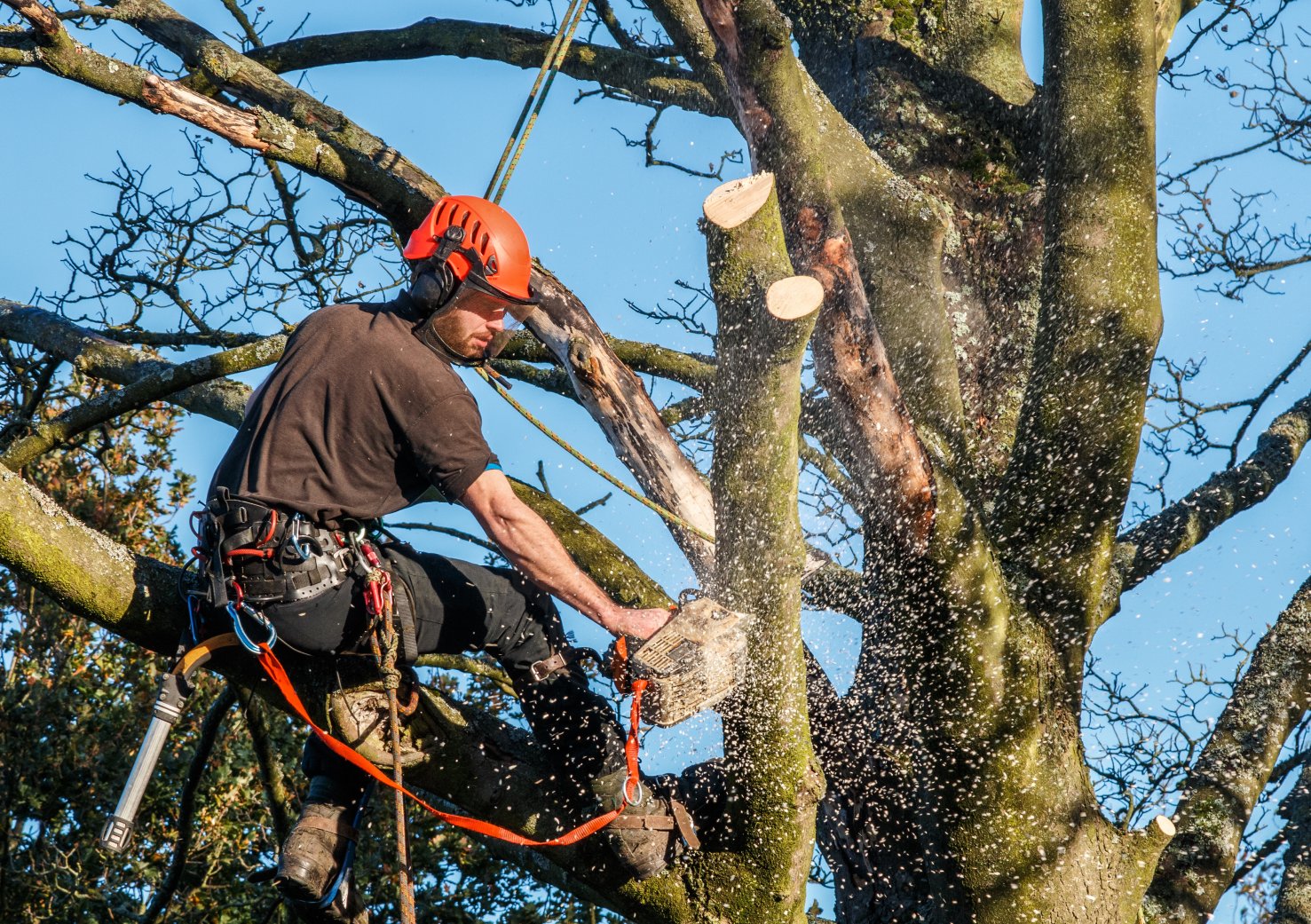
Why Do You Need a Tree Surgeon?
Trees don’t just grow and thrive on their own, especially in urban environments. A tree surgeon plays a vital role in maintaining the health of trees and ensuring they don’t pose a risk to your property or public safety.
Importance of Tree Health
Healthy trees live longer, are less prone to diseases, and offer better aesthetic value. A tree surgeon helps maintain tree health through regular care, pruning, and disease management.
Ensuring Safety
Overgrown branches can fall and cause damage or injury. Dead or decaying trees can be a hazard, especially during storms. Hiring a tree surgeon ensures that any potential safety threats are dealt with professionally.
Common Services Offered by Tree Surgeons
Tree Pruning
Pruning is one of the most common tasks for a tree surgeon. It involves cutting away dead or overgrown branches to improve a tree’s health and appearance.
Tree Felling
When a tree becomes too diseased or poses a danger to its surroundings, felling (cutting it down) is often the safest option. This is a complex job that requires precision and the right tools.
Stump Removal
After a tree is felled, the stump is often left behind. A tree surgeon can grind the stump down, allowing the area to be reused.
Disease Treatment
Tree surgeons are trained to spot diseases early and recommend treatments to save a tree from further harm.
Tree Planting
A tree surgeon doesn’t just remove or cut down trees; they also help plant new ones, advising on the best species for your garden or space.
When Should You Call a Tree Surgeon?
Signs of Tree Damage
If you notice cracks in the tree trunk, exposed roots, or bark falling off, it’s time to call a tree surgeon. These are all signs that your tree may be unhealthy.
Overgrown Branches
Branches growing into power lines, or too close to your house, are a danger and should be trimmed back by a professional.
Tree Diseases and Pests
If you see signs of pest infestations, like holes in the leaves or unusual growths, a tree surgeon can diagnose the issue and offer solutions.
Tools Used by Tree Surgeons
Chainsaws
A staple for any tree surgeon, chainsaws are used for cutting down trees or large branches.
Safety Gear
Tree surgeons wear helmets, gloves, harnesses, and other safety gear to ensure they can work without injury.
Wood Chippers
These machines turn branches and logs into mulch, making it easier to dispose of or recycle the material.
How to Choose the Right Tree Surgeon
Qualifications to Look For
A good tree surgeon should have relevant qualifications in agriculture or forestry. Look for someone with hands-on experience.
Certifications and Insurance
Make sure your tree surgeon is certified and insured. This protects you and the worker in case of accidents.
Asking for References
A reputable tree surgeon should be able to provide references or examples of past work.
Tree Surgeon vs. Arborist: What’s the Difference?
While the terms are often used interchangeably, there’s a subtle difference between a tree surgeon and an arborist. Tree surgeons focus on the physical maintenance of trees, while arborists may have broader training in tree biology and ecosystems.
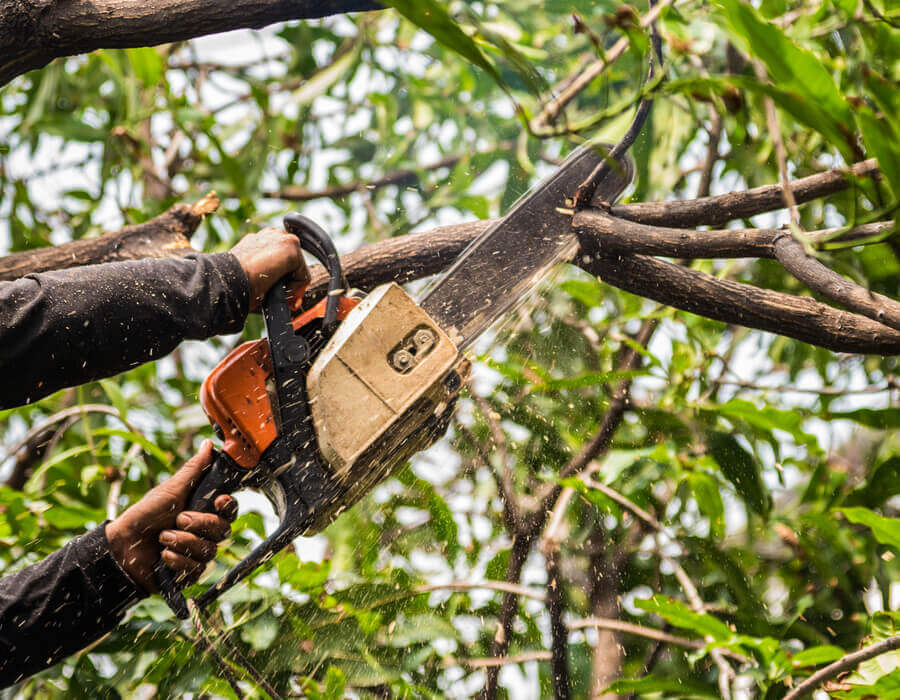
Tree Surgeon Costs: What to Expect
Factors Affecting Price
Tree surgery costs can vary depending on the size of the tree, the complexity of the job, and the equipment needed.
Service Breakdown
Common services like pruning or stump removal may cost less, while tree felling or large-scale tree care could be more expensive.
Safety Considerations for Tree Surgery
Importance of Hiring Professionals
Tree surgery is dangerous, requiring specialized skills and tools. Hiring a professional minimizes risk to yourself and your property.
Common Risks Involved
Falls from trees, injuries from chainsaws, and handling heavy branches are all risks tree surgeons face, which is why training and safety gear are crucial.
Environmental Impact of Tree Surgery
Sustainable Practices
A good tree surgeon will employ environmentally friendly techniques, such as recycling tree material and ensuring minimal disruption to the ecosystem.
Tree Preservation Techniques
Tree surgeons also focus on preserving trees, using treatments to prolong their life and removing only when absolutely necessary.
Conclusion
Hiring a tree surgeon is essential for keeping your trees healthy and your property safe. Whether you need a tree pruned, diagnosed, or removed, a tree surgeon has the expertise to get the job done right. Make sure you choose a qualified professional who cares about both the health of your trees and the safety of your surroundings.
